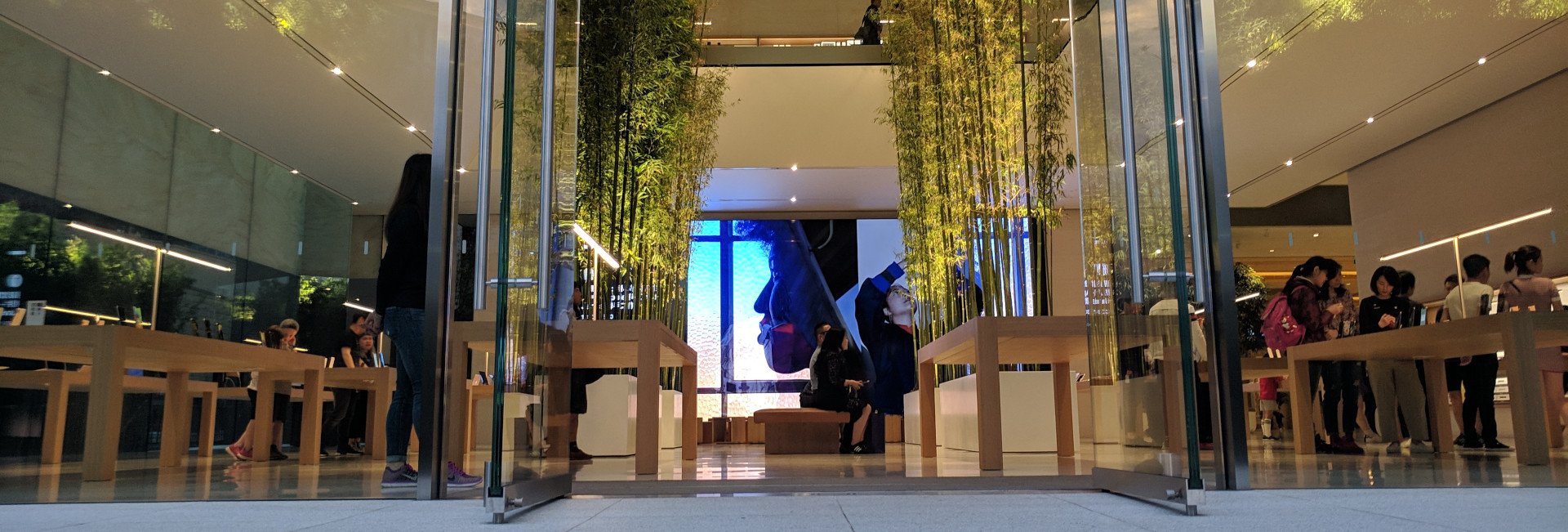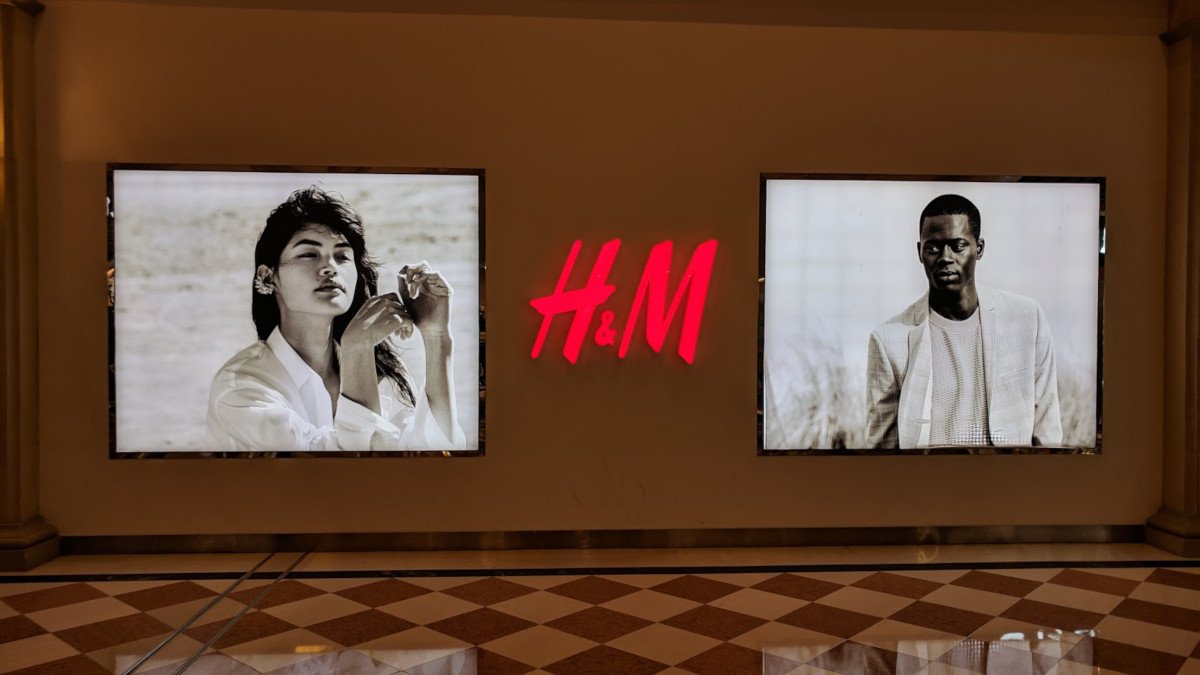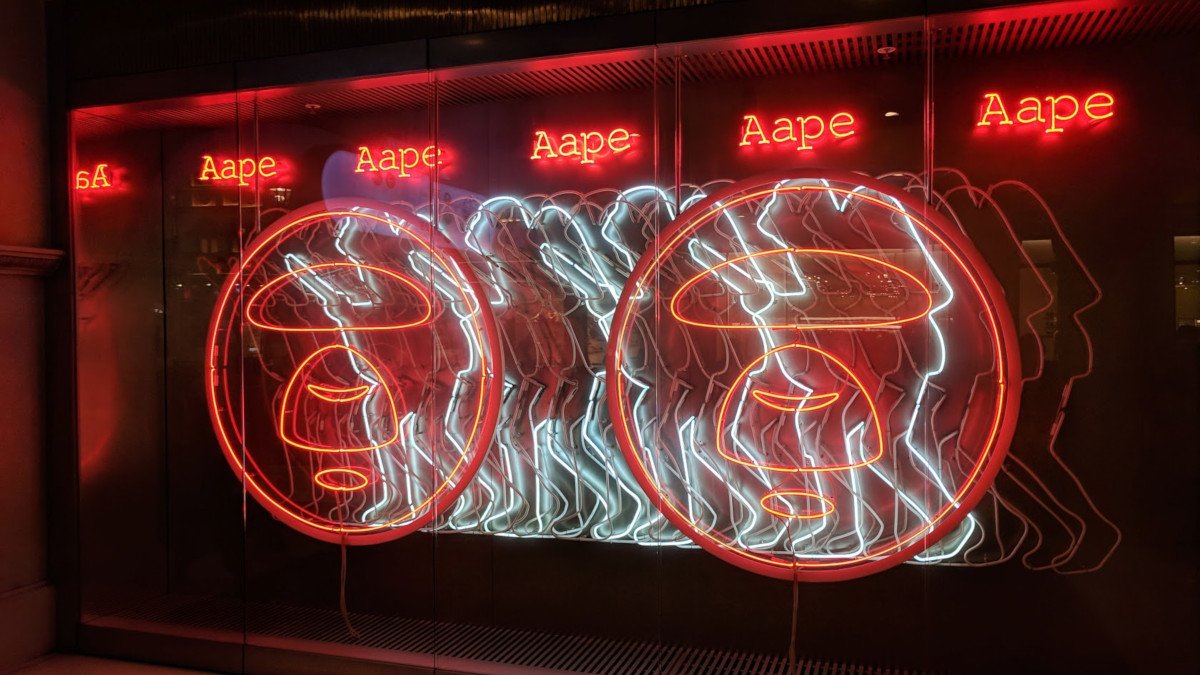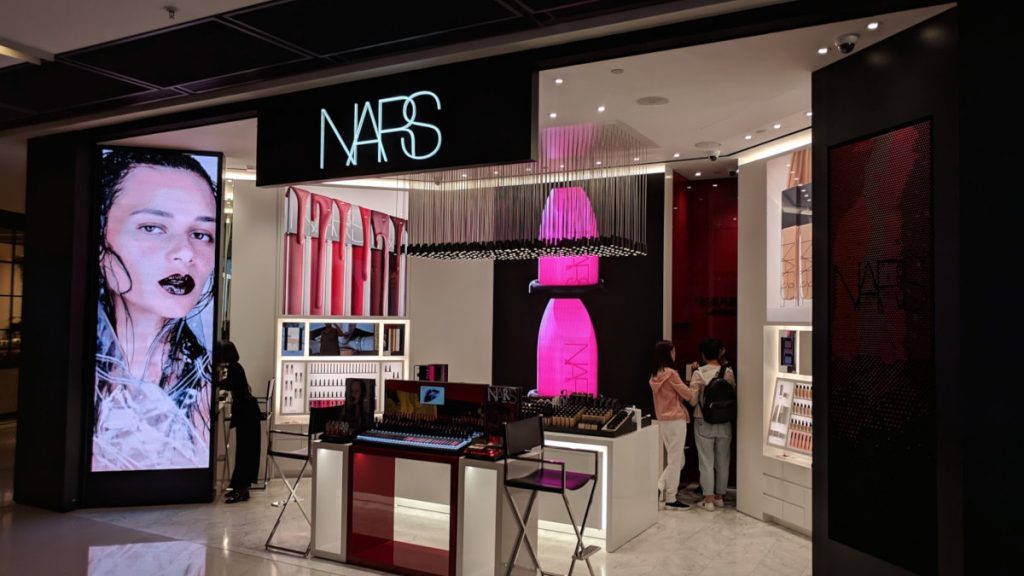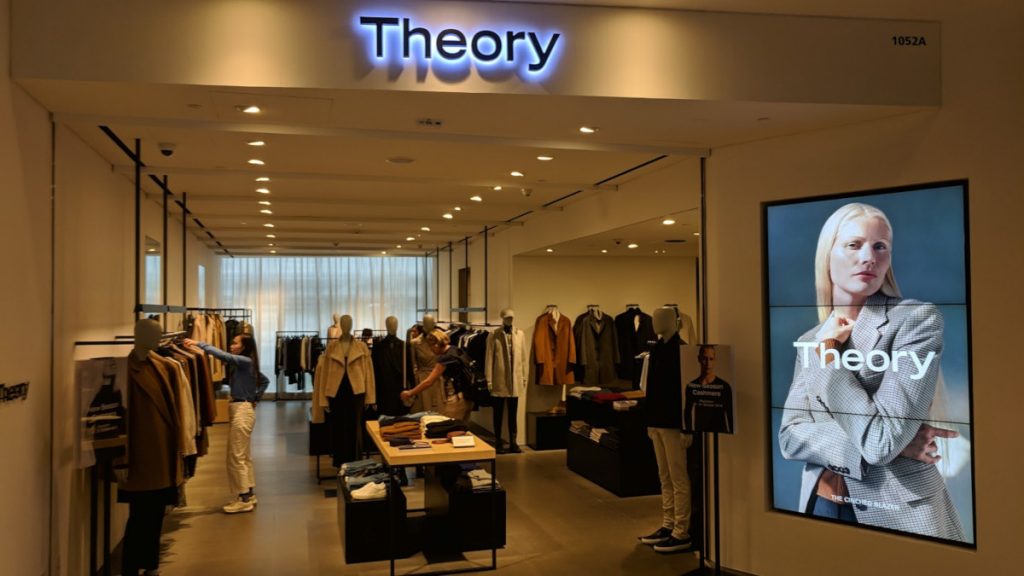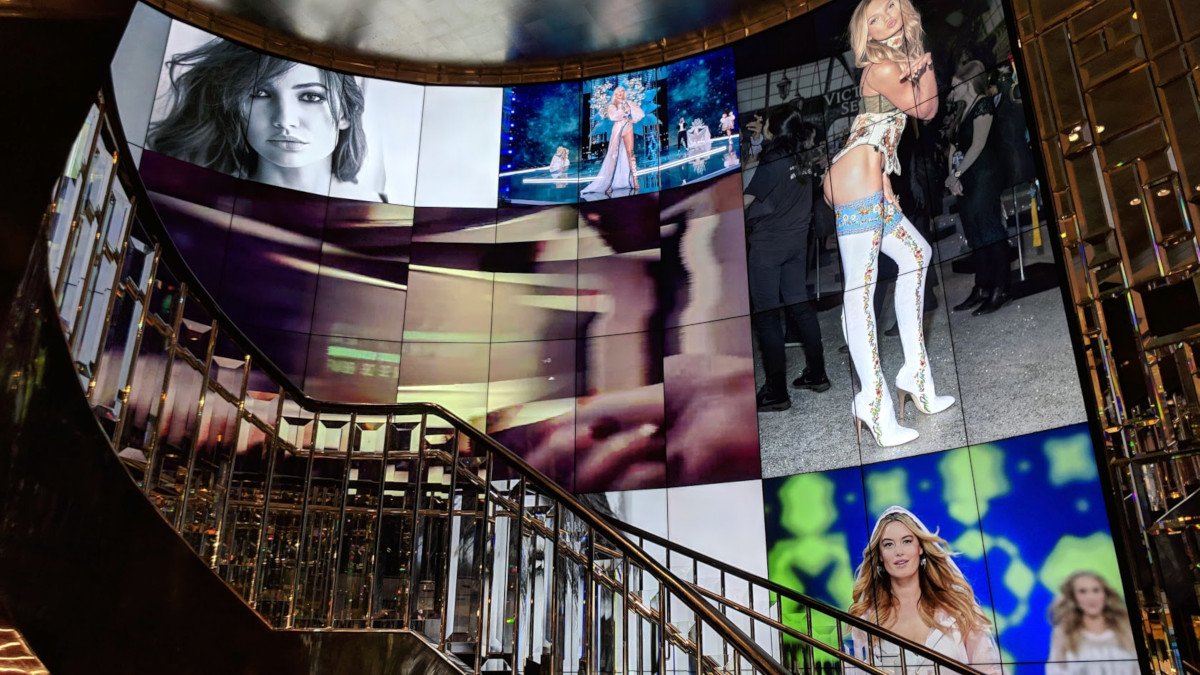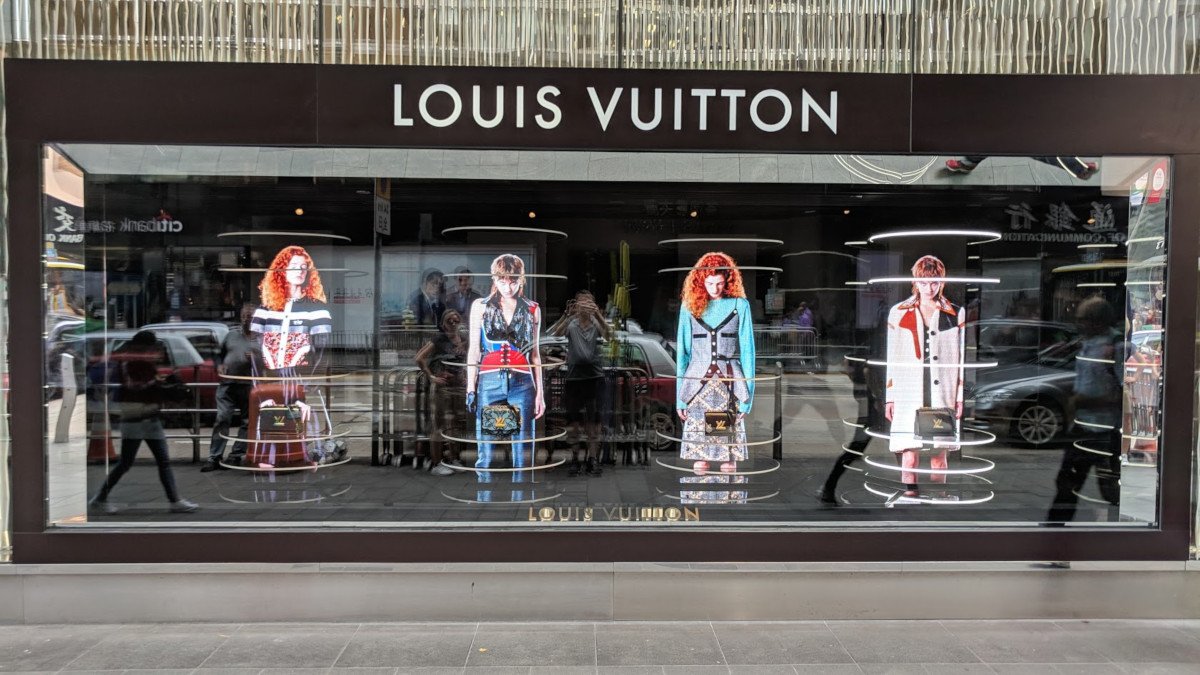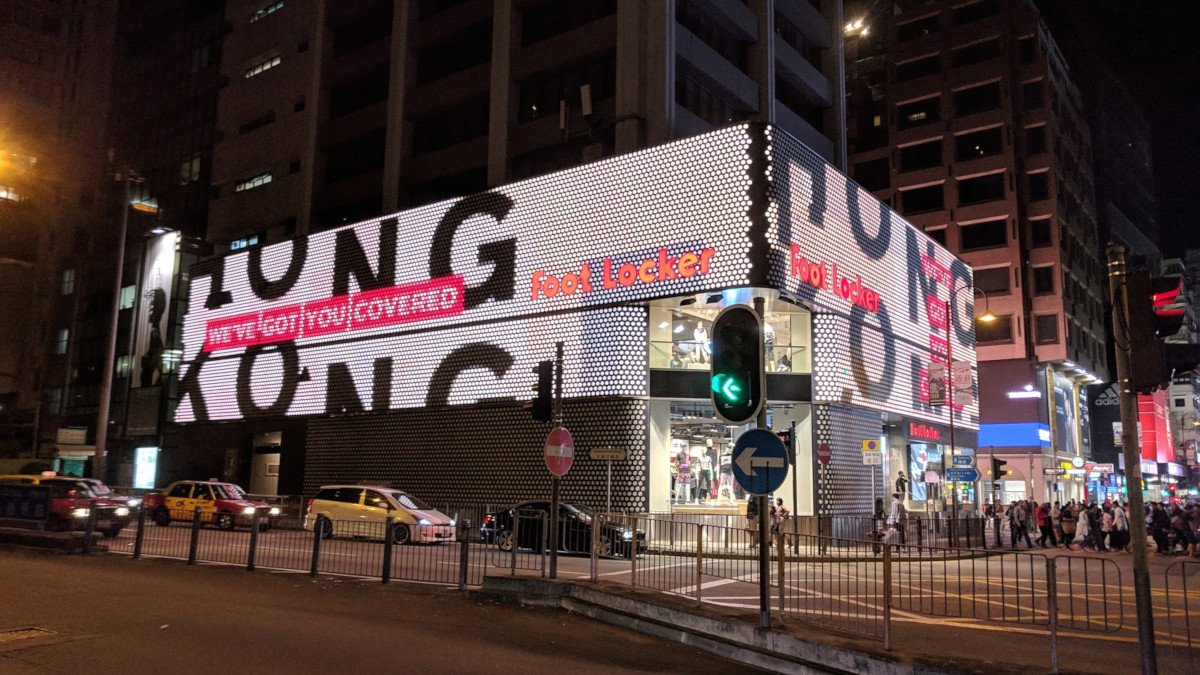invidis consulting shares its predictions for the new digital signage year, from Technology to Market Consolidation. Will context be everything in digital signage?
No. For a long time, content was considered king in digital signage. Increasingly (marketing) organizations are striving to pursuit for relevance and (hyper)personalization. Data and AI driven information will be the life line for digital touch points. At the end of every digital signage process, data-based content needs to be delivered in the right context (targeted to the audience). Digital experience platforms (DXPs) enable users to manage Data and Content in the right context while digital signage CMS are limited to managing content.
Analytics starts at the concept phase while CMS interactivity analytics, external sensors and third-party data adds additional data streams to a central platform. The relevant message is created and delivered to mobile, digital signage and other screens. Adobe believes they are in pole position with the Experience Manager platform as many corporates have already deployed the solution for web, video and mobile. But also digital signage pure players like Intuiface offer data driven media platforms with detailed analytics and APIs for external data streams.
Will we see the revival of the showroom?
Yes, the own showroom was a must for every digital signage integrator for a long time. But for most integrators the own showroom incurred nothing more than costs as the rapidly evolving technology forced costly annual updates. In addition, the core target group ‘enterprise customers’ were often not interested in leaving their office to visit showrooms far away from downtown.
But showrooms have become increasingly fashionable again in the past months. A new concept Showroom 2.0 has developed: Customers increasingly want digital experiences which integrate visuals, sound and sometimes even scent. Various technologies and solutions complement each other to create as unique as possible experiences. This composition of technologies and content is best presented in showrooms prepared for the customer’s unique use cases. In addition, the growing interest in LEDs also drives (potential) customers to showrooms as the vast variety of pixel pitches need to be experienced in person.
Finally increasing competition from professional service organizations like Accenture Digital and IT system integrators force digital signage pure player to reevaluate their showroom strategy. The big corporate digital giants outperform each other with spectacular showrooms in London, Berlin, Milan and other European metropolises. Can digital signage pure player integrators keep up? The question will probably be whether relevant market participants will be able to afford not to operate a showroom in the future. To be honest, most national integrators will have to join forces with ecosystem partners/providers to keep up with the market.
Will digital signage customers start understanding that strategy not technology, drives digital transformation?
Unfortunately, not yet. In most organizations neither Marketing nor IT have realized that digital touch points cannot replace a strategy. In addition, organizations are lacking long term ROI experiences with digital. Existing experiences and ROI know-how are solely based on smaller silo concepts. Hoping that choosing the right technology will replace digital strategies.
Taking (limited) risks becomes the new normal. What does it mean for the necessary ground work? It needs sparking new ideas and excellent (digital) storytelling fully connected to back-end system (e.g. ERP, CRM). As omni-channel is new norm, customer experiences need to be seamless across all platforms and along the full customer journey. Sounds impossible – it’s not but challenging.
Will touch remain the dominating form of interaction?
Yes, for the time being touch solutions will keep the preferred technology for interaction at public digital touchpoints. Smart phone usage and ticketing machines has taught consumers that the easiest form of interaction is touch. We expect more ex-factory touch solutions from the leading display OEMs making life more difficult for touch specialists. Their role will most likely shift from direct business to a supplier for the large OEMs as touch will only be assembled in Europe and not in Asia.
Touch will eventually be replaced by radio-frequency based technologies (i.e. RFID) and the mobile phone. Integrating mobile remains the main goal for most projects as basically all cross-platform customer experiences include mobile in one form or another. Also, for consumers their mobile phone is most trusted platform, an important factor in times of frequent privacy scandals. One technology is reaching its end of life: text messaging is dead.
Will digital poster remain the standard in retail signage?
No, even when most of the screens deployed in 2019 will still be passive digital poster, transaction focused signage will establish itself as the “new norm”. Interactive digital touchpoints are not limited to vending and ticketing machines anymore, interact – purchase – pay becomes a relevant feature for most new digital signage applications.
Some smart radio-frequency an AI-driven solution will enable easy interaction across most forms of digital signage. An example of a smart integration is Ingenico’s Think&Go RFID payment solution. A RFID-frame behind a display enables customers to purchase products and services just by touching the screen with a customer card or mobile payment device i.e. Apple Pay. A different approach is Google’s Project Soli – a new sensing technology that uses miniature radar to detect touchless gesture interactions.
Will LED disrupt the value chain and system integrator business?
Yes, absolutely. LED installation requires a whole new set of skills currently not offered by digital signage integrators. In comparison to displays or projectors LED-cabinets are just components which need to be integrated on site with other AV-technology and requiring additional construction steel work.
The rise of LED disrupts the established value chain especially for system integrators. Samsung is again at the forefront. Once again, the Korean OEM has introduced new products and services which conflict established business: It started with Magicinfo (Samsung CMS), followed by SoC (omitting the external media player) and has now reached a new stage with turnkey LED-Solutions (Samsung SDS). Samsung acts sensible in introducing new services in major markets fearing to lose valuable partners too fast. But eventually Samsung will be able to offer LED-Digital Signage out of the box including maintenance and service. Quite like Stratacache’s market approach.
Will any of the tech giants enter the digital signage market?
No. neither of the five FAANG tech giants (Facebook, Apple, Amazon, Netflix and Google) will enter the digital signage market directly. But their influence continuous to be felt across most sectors of the DS market. Google has been the most likely candidate to enter the market as they offer ChromeOS (a stable OS ideally for digital signage and PoS-applications) and they rule the global market for digital advertisement (DooH seems a matching media). But both B2B markets are too small, do not sufficiently scale or are very restricted (long term contracts for DooH). But Google is building up an eco-system of partners (system integrators) which are adding value to Googles offerings.
Apple loves digital signage in their stores (and they are investing heavy in premium LED) but limits its B2B offerings to App Store services and a few high-performance media-players for premium AV. Selected digital signage integrators use apple devices as media player, but that is just a tiny fraction of apple’s consumer focused business model. Amazon is always good for surprises, but we expect them to stay on the consuming side of digital signage. Netflix is a great partner for content but without sound the best content remains useless. Facebook could start selling brand safe DooH inventory, but it seems they are busy with internal challenges.
Will music streaming services like Spotify or Apple Music capture a significant part of the instore music market?
No, not yet. Apple Music or Spotify are potential candidates for major instore music suppliers. Spotify offers already a B2B-offering in selected markets ideal for SMB retailer. Apple remains focused on consumers. But the emergence of Spotify and Co has more than halved average instore music subscription rates in recent years.
Large retailer like supermarket chains will stay loyal with instore specialist like Mood, Radio POS or Vienna based Radio Max. The Austrian instore radio specialist broadcast a multi-language audio program live to thousands of stores. A service offering far too complicated for scale-driven consumer offerings from Spotify & Co.
Will OLED experience a market breakthrough in 2019?
No, not as long as LG remains the only producer of OLED. The paper-thin displays will keep the role of an exceptional beautiful and ‘sexy’ show stopper, but sales will be very limited. Competing display OEM stress that OLED is not yet ready for commercial use. We believe that it will just a matter of time till LG Display has improved the technology for very demanding 24/7 operations.
Will LED remain a component business?
No, the LED-Videowall business is transforming to a solution business. As the technology is advancing from SMD based to Micro LED/Chip-on-Board (CoB) more and more LED supplier will offer fixed resolution out-of-a- box. Samsung is acting as a trailblazer with premium products like “The Wall”. A big advantage of fixed resolution solutions is that the cabinets can be quality checked and calibrated at the factory as well as packaged with standardized wall mounts. Customer acceptance somewhere at OEM-center in the EU are not necessary anymore. Eventually LED-walls need to be offered and ordered like a screen. Scale is important for LED to gain a substantial share of the displays market.
Special LED projects and rental remain a project and a build to order “cabinet-business”. But margins have been under pressure – market players report a 40% drop in LED rental prices in 2019.
Will pan-European consolidation continue?
Yes, current pure-player integrators are still too small to win increasingly global tenders. Most digital signage integrators record less than 10m EUR annual revenues. Most bigger DS tenders include not only pure players but also IT / professionals service organizations which annual revenues in excess of 1bn EUR. Consolidation is also driven by rising demand for omni-channel experiences. Necessary skills (e.g. Coding Apps, Sensors, Data Analytics) are often not available at digital signage integrators.
The software market will experience the strongest drive for consolidation as most software vendors are too small to survive. An average digital signage software vendor in Europe doesn’t record more than 2m EUR annual revenues. This will not be enough for maintaining competitive solutions and adding more experience and data features. In contrast to system integrators, we don’t expect much M&A activity in the software sector. Potential targets are too small for private equity investors as well as lacking sufficient profitability.
Will digital signage CMS remain dominant?
No, the end of the dominance for pure-play digital signage CMS platforms is coming to an end. As the trend to personalize consumer experiences gains traction, organizations are looking for cross-media digital experience platforms. The platforms need to manage various media (online, mobile, video, digital signage), offer real-time analytics and enable to manage seamless digital media assets.
Digital Signage remains an odd-ball in the typical media mix, as it remains the only platform which requires the brand also to manage remote infrastructure (media-player, screens) and is missing standard ad formats. Will these special requirements justify a separate (silo) CMS? Large enterprise organization will eventually migrate to a single platform (e.g. Adobe Experience Manager) while smaller network operators suffice a stand-alone DS CMS.
DS CMS provider are looking to expand their offering by adding additional features (e.g. retail tech, fintech solutions), connecting to 3rd party solutions or specialize (e.g. vertical solutions). Regardless the strategy, many of the digital signage CMS pure player will cease being competitive in the coming years. The market will consolidate.
Will Brexit dampen the European digital signage market outlook?
Yes, regardless of the outcome of the Brexit process digital signage demand will be hampered. The likely Brexit outcome will be between bad or awful for the UK economy and most likely also felt across the continent in 2019. More uncertainties dampen the global outlook in many emerging markets and in case the US tariffs war escalates. But according to recent market forecasts the digital signage market remains its growth rate of around 10%.
Will AI disrupt the digital signage industry?
Yes, absolutely. Digitization means progress. That is why retail and digital signage have undergone continuous transformation in recent years. At the top of the list now: Artificial Intelligence (AI). Whether as a language assistant or as the intelligence of a comprehensive technological tool – one goal should be: Take the A(rtificial) out of AI. For the management consultancy Deloitte, the three Ds are the decisive factors when it comes to the future of the digital and digitized economy: data, digital and design.
The role of AI must be split in three digital signage categories: AI and Data (the blood line of AI: AI requires data as fuel to get smart and to grow), AI and Operations (big data analytics, near real-time insights, predictive analysis) and AI and Interaction (voice control e.g. Alexa. Google Assistant, MS Cortona and Apple Siri replacing keyboard and touch).
Main challenge with consumer facing AI applications is the fear of communicating with AI agents in public spaces. But consumers will get accustomed fast to use voice control also at public touchpoints.
Will Stratacache (Scala) be the No.1 pure player in Europe?
No. CEO Chris Regal has an impressive track record in growing the Dayton, Ohio based integrated to a global player. His plans remain ambitious with reaching 500m USD revenue in 2-3 years. We believe he will continue to grow his business with multiple M&A activities, but Stratacache will not be able to achieve market leadership in Europe in the mid-term future.
Financially strong (PE-backed and public traded) European pure-players like Trison, Zeta Display or Econocom are better positioned in EMEA to reach the 100 million EUR threshold. Highly profitable integrators will also be prime target for M&A activities especially from professional service organization like Accenture Digital.
Nonetheless Stratacache has the potential of building a global digital signage powerhouse with relevant market shares in major markets.
Get full access to all invidis 2019 The Year Ahead Issue – it’s free!
Download the industry bible for more analysis and market data. Secure your personal copy now – it’s free of charge.

